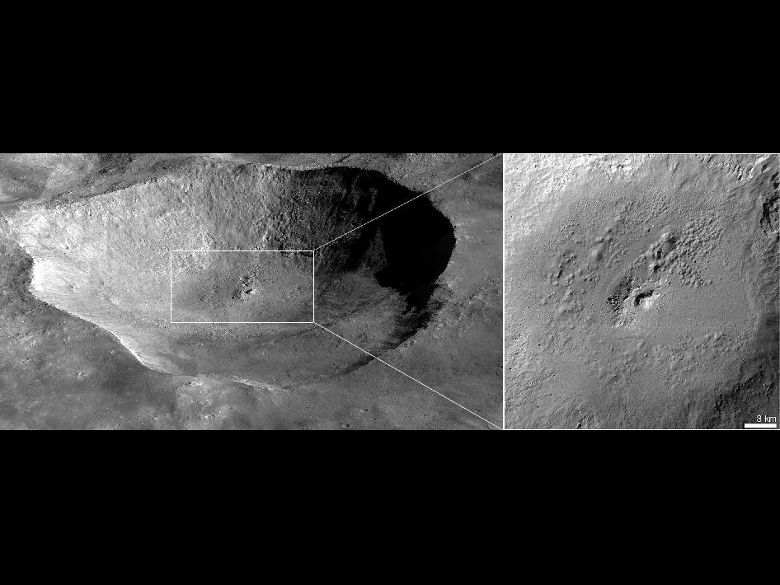
Scientists with the NASA Jet Propulsion Laboratory (JPL) in Pasadena, California, say that data relayed back to Earth by the Dawn spacecraft reveal new facts about Vesta, the solar system's largest asteroid. Apparently, its Equator sports a different color than the rest of the space rock.
According to available information, this is caused by easily evaporated (volatile) materials, which somehow get deposited in a broad swath alongside the asteroid's Equator. Dawn observed this phenomenon from a low-altitude mapping orbit (LAMO).
This was one of the four science orbits that the spacecraft occupied around Vesta between July 2011 and August 2012. After leaving the asteroid, the probe is currently heading towards the dwarf planet Ceres. Both these objects are located in the Inner Asteroid Belt, between Mars and Jupiter.
While scientists could not find any clear evidence that Vesta ever had water-ice on its surface, the asteroid's chemistry seems to suggest that water may have been available at some time, even if for just a little while.
Details of the new study appear in the latest issue of the top journal Science. Researchers say that meteorites and comets may have also contributed water to Vesta in the asteroid's distant past.
For the new study, experts used the gamma ray and neutron detector (GraND) instrument aboard Dawn. The tool was able to discover the signatures of hydrogen on the surface of the space rock. The element could have only originated in hydroxyl or water.
The lead scientist for the GraND instrument is Thomas Prettyman, who holds an appointment with the Planetary Science Institute, in Tucson, Arizona.
“The source of the hydrogen within Vesta's surface appears to be hydrated minerals delivered by carbon-rich space rocks that collided with Vesta at speeds slow enough to preserve their volatile content,” the expert says.
“These results provide evidence that not only were hydrated materials present, but they played an important role in shaping the asteroid's geology and the surface we see today,” concludes Brett Denevo.
He is a participating scientist with the Dawn mission, and is based at the Johns Hopkins University Applied Physics Laboratory, in Laurel, Maryland.
Via: Vesta's Equator Found to Be of a Different Color
Tidak ada komentar:
Posting Komentar